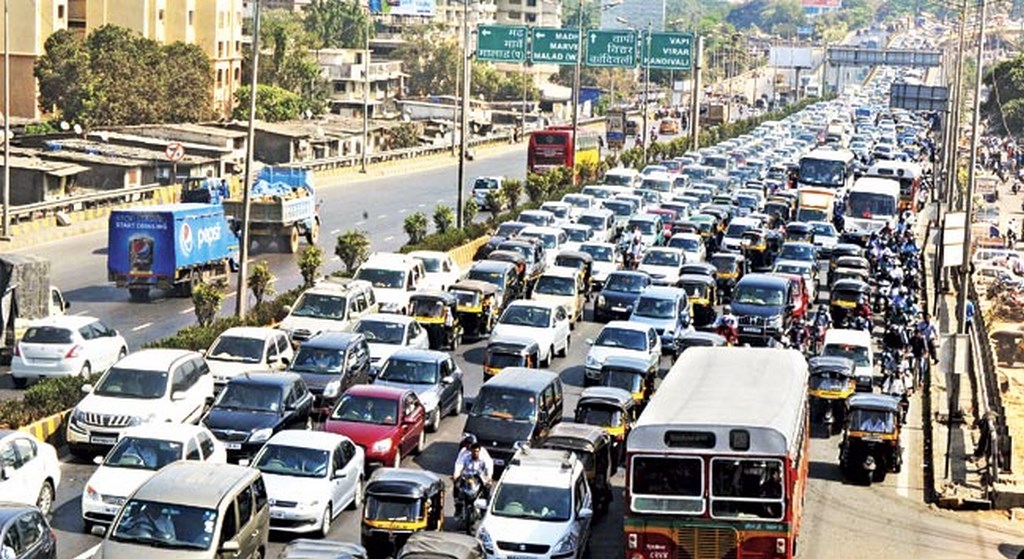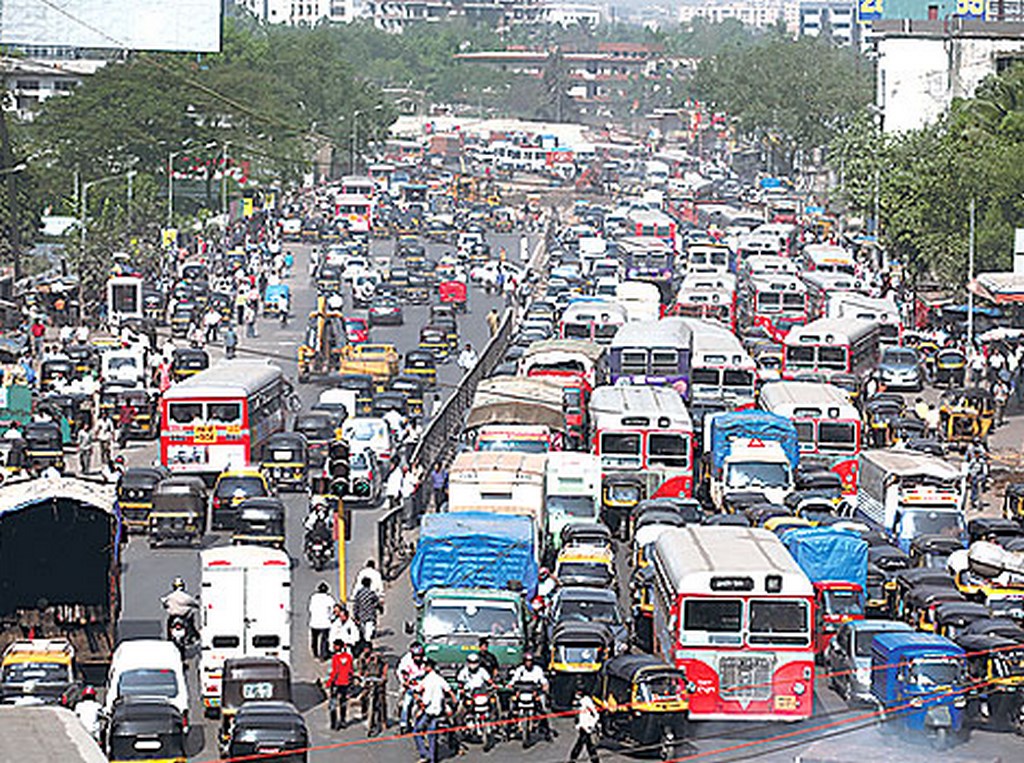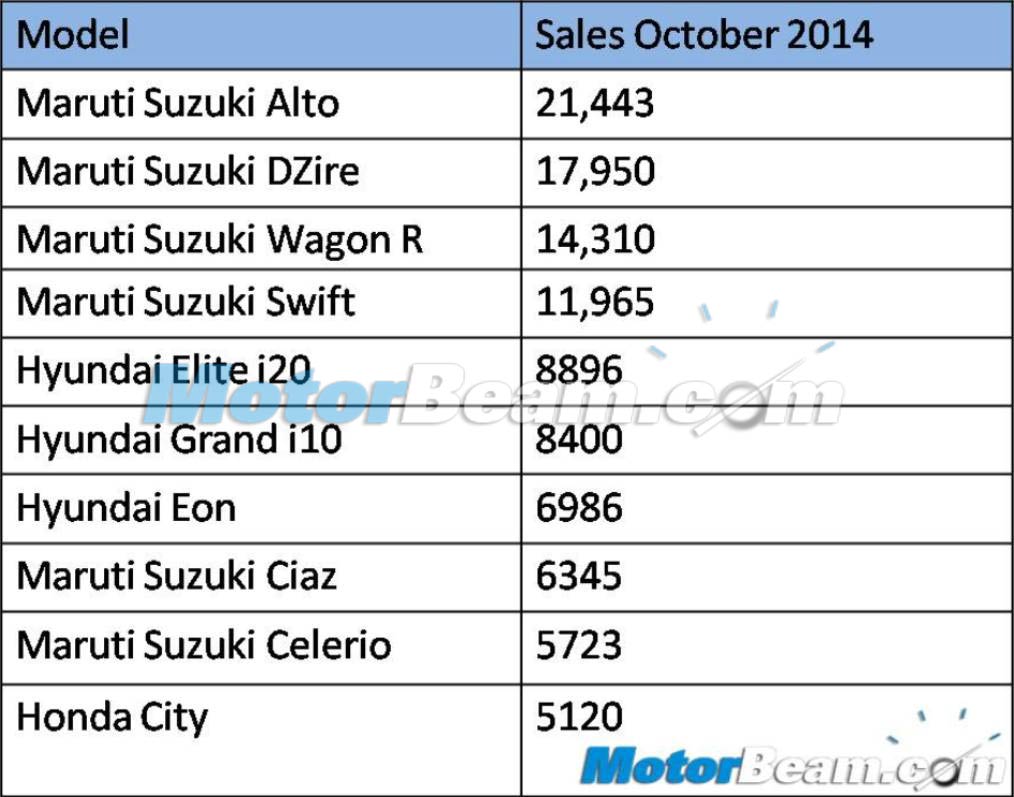
Maharashtra government plans to overhaul the existing system of vehicular mobility
In a bid to address parking shortages, traffic congestion and pollution in Mumbai and other cities within the Mumbai Metropolitan Region (MMR), the Maharashtra government is exploring significant reforms to regulate vehicular mobility. Key measures under consideration include introducing congestion taxes, limiting the number of vehicles per family and mandating parking certifications for new vehicle registrations.
Comprehensive Mobility Reforms
The state government is focusing on overhauling its current mobility framework to alleviate urban traffic issues. A recent presentation to Chief Minister Devendra Fadnavis outlined strategies drawn from global practices to improve parking availability and manage vehicle density in high-traffic zones such as South Mumbai and central business districts. The proposed measures aim to reduce parking-related challenges and traffic jams while curbing air and noise pollution.
Among the primary considerations is the introduction of a “Certified Parking Area” (CPA) certificate, which would be required for registering new vehicles. This initiative would ensure that individuals have access to adequate parking space before acquiring additional cars. Discussions on this proposal are at an early stage, with plans for stakeholder consultations to refine and assess its feasibility.
International Inspirations for Local Challenges
The transport department has studied mobility management strategies from cities around the world to inform its proposals. For instance, Japan mandates a “garage certificate” for car purchases to ensure parking availability. Singapore operates a vehicle quota system, which includes a 10-year entitlement certificate to own a car. Similarly, cities in China implement purchase restrictions through quota systems and auctions. London and Stockholm levy congestion charges to limit vehicle traffic in central areas, achieving significant reductions in congestion and pollution levels.
Balancing Mobility and Legal Frameworks
Maharashtra’s approach will involve balancing regulatory reforms with legal considerations and stakeholder inputs. In the coming months, discussions will be held with transport, urban development and industry representatives, along with vehicle manufacturers and motorists. The aim is to evaluate the economic, legal and logistical impacts of the proposed measures.
While heavy congestion taxes and vehicle restrictions are being explored, the government is also assessing the practicality of limiting the number of cars per household. By leveraging insights from global success stories, the state hopes to implement a comprehensive mobility framework suited to Mumbai’s unique challenges.
Next Steps
Over the next three months, deliberations with stakeholders will shape the final contours of the plan. If implemented effectively, these measures could transform urban mobility, easing the daily commute for millions while addressing environmental concerns. However, striking a balance between enforcement and public acceptance will be critical to the success of the initiative.





